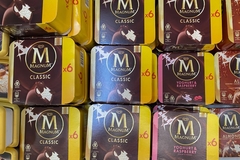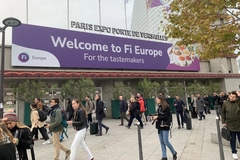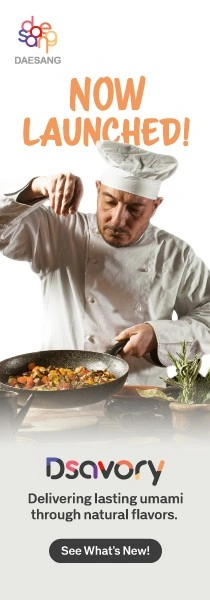
- Industry news
Industry news
- Category news
Category news
- Reports
- Key trends
- Multimedia
- Journal
- Events
- Suppliers
- Home
- Industry news
Industry news
- Category news
Category news
- Reports
- Key trends
- Multimedia
- Events
- Suppliers
Inside the K-food craze: How Korean brands plan to expand internationally
Key takeaways
- Korean foods and ingredients are booming worldwide, driven by pop culture and younger consumers seeking authentic yet accessible flavors.
- Companies such as Sias and Daesang are producing in Europe to meet EU regulations, cut emissions, and appeal to eco-conscious consumers.
- Korean brands are investing in R&D and ingredient innovation to move beyond trends and establish Korean cuisine as a lasting global staple.
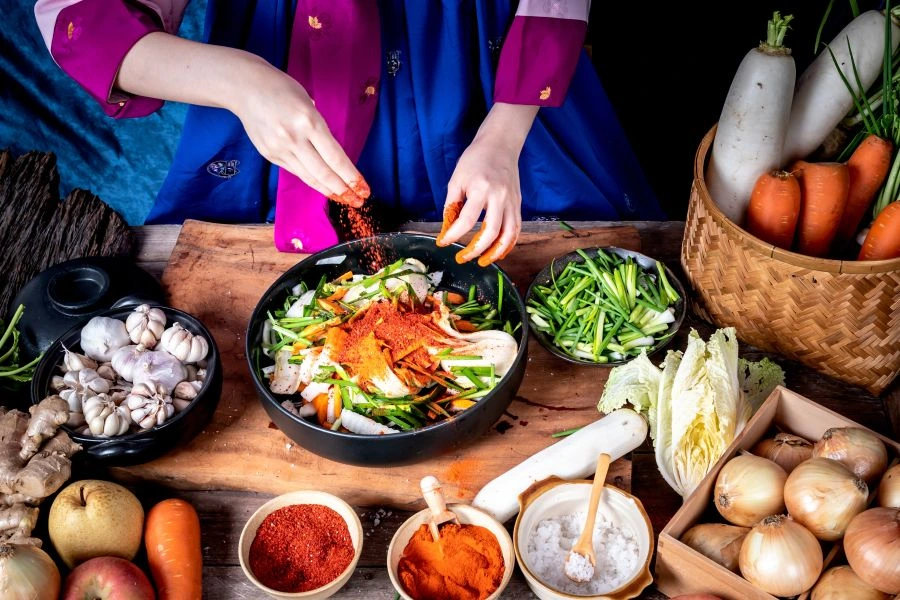
The K-food craze is in full swing, with traditional ingredients such as kimchi and gochujang paste becoming widely available far beyond their place of origin. South Korean brands’ instant foods, such as prepackaged ramen noodles, toppoki, rice, and mandu dumplings, are also growing in popularity worldwide.
It is therefore fitting that South Korea was the official “partner country” of Anuga 2025. The trade show, held earlier this month in Cologne, Germany, attracted over 145,000 visitors and more than 8,000 exhibitors, including many of South Korea’s leading food and food ingredient companies.
Food Ingredients First speaks with the South Korean F&B leaders Daesang and Samyang, as well as Sias, a French-based provider of Korean food technology, ingredients, and ready-to-eat products. The experts share insights into the factors driving the K-wave and how companies can establish Korean ingredients as enduring staples.

K-food hits Europe
Jin-chul Choi, the chairman of Sias, tells us that European consumers have become interested in trying Korean dishes and ingredients after seeing them in increasingly popular international Korean films and series. He adds that the availability of low-calorie options is also appealing.
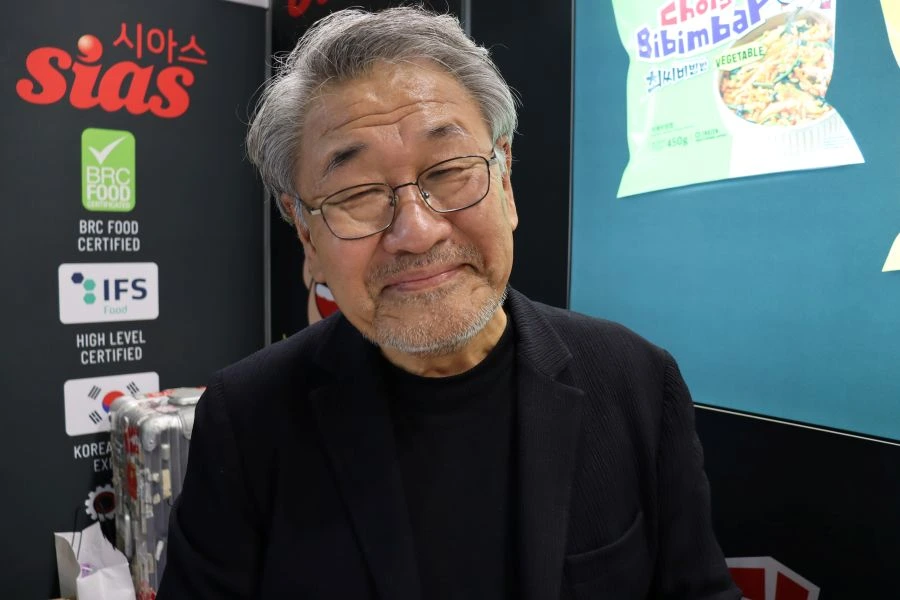 Jin-chul Choi, the chairman of Sias, a French-based provider of Korean food and ingredients.“Less than 100 years ago, Korean food was poor people’s food. People could not afford oil, for example, so they boiled vegetables and mixed them with rice to create the famous bibimbap dish. Now, bibimbap is popular among European consumers seeking low-calorie options.”
Jin-chul Choi, the chairman of Sias, a French-based provider of Korean food and ingredients.“Less than 100 years ago, Korean food was poor people’s food. People could not afford oil, for example, so they boiled vegetables and mixed them with rice to create the famous bibimbap dish. Now, bibimbap is popular among European consumers seeking low-calorie options.”
Xuan Khuat Duy, marketing lead at Samyang Europe, tells us that many see the company’s Buldak ramen noodles as “a viral brand,” which owes its popularity to “social media and young consumers.”
“Beyond this, Buldak is a very unique product, and it wouldn’t enjoy such long-term success if this were not the case. Of course, there is a K-wave, and Buldak stands for Korean authenticity. It is a Samyang product — a company that has existed since the 1970s and was the first to bring ramen to South Korea.”
Buldak also bridges Korean and European cultures, according to Duy. “It’s not random that carbonara is the most popular flavor for the European market.”
Korean taste, European ingredients
Choi says that the decision to establish three Sias Korean food production locations in France is behind the company’s secret to commercial success.
This strategy has allowed Sias to use wheat harvested in France and Dutch dairy for its prepackaged noodles, which Choi says helps the company stand out on the European market among companies importing from South Korea.
Due to EU import regulations on dairy, most Korean products sold to the EU are dairy-free, which helps Sias stand out from competitors. (2).webp) Anuga 2025: Daesang expands market presence with new sauces and kimchi
Anuga 2025: Daesang expands market presence with new sauces and kimchi
Choi adds that including dairy alongside Korean products reduces spiciness and makes the final product more enjoyable for the average European consumer.
“South Korea does not have the arable land necessary to grow enough wheat to meet the demand. Most noodle producers use wheat from the US and Australia,” he says. Choi argues that this adds to the emissions associated with noodle production and supply, which he points to as another factor that young European consumers care about.
Daesang Europe is also moving production to Europe to meet demand and lower emissions. Daesang’s Jongga brand has been South Korea’s most popular kimchi brand since 1987.
Grace Eunhae Kim, marketing team leader at Daesang Europe explains: “The demand for kimchi on the European market has been increasing each year, so in 2023, we decided to open a factory in Poland, helping us reduce our carbon footprint. Usually, all products coming from South Korea have to be shipped in a container, which also takes a lot of time and is not good for the environment.”
“We are using local ingredients and our authentic kimchi recipes,” she adds.
Ingredient innovation is key
South Korea’s list of traditional ingredients and dishes is not as extensive as that of larger nearby nations, such as China, due to the country’s relatively small size and unfavourable soil for agriculture.
 (1).webp) Anuga 2025: Samyang expands in Europe with Korean flavors and culture“That’s why Korean food suppliers need to innovate in order to stay relevant,” says Choi at Sias.
Anuga 2025: Samyang expands in Europe with Korean flavors and culture“That’s why Korean food suppliers need to innovate in order to stay relevant,” says Choi at Sias.
Meanwhile, Kim says Daesang is putting a lot of effort into food R&D. “We are not only focusing on trends, as we value Korean heritage and all our traditions. Additionally, while many other South Korean companies are still new and only focus on the food business, our company has an ingredient business as well. It is key to our efforts in developing innovative ingredients.”
Samyang’s Duy asks: “There are lots of trends, but the question is which trends will stay?”
He adds that Buldak shows it’s not chasing trends, but creating them. “Buldak was the product that created the spicy instant noodle segment.”
“At the same time, we really are at the beginning of the journey,” he continues. “In the mainstream, when we talk about supermarkets, our distribution of Buldak in Europe is still below 20%.”
He concludes that increasing this market share is “a matter of capabilities” and “having the right partners,” while the consumer demand is already there. “The coming months and years are very promising.”

